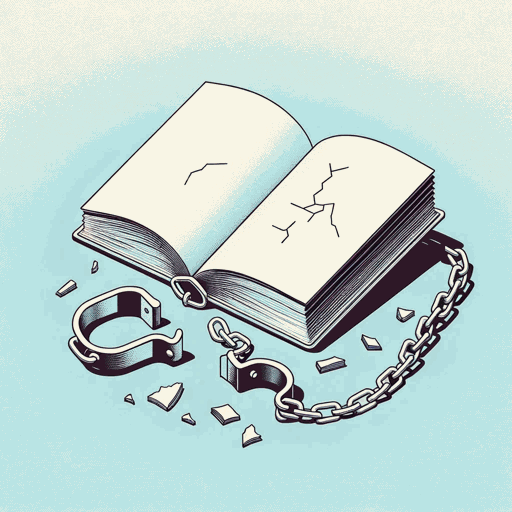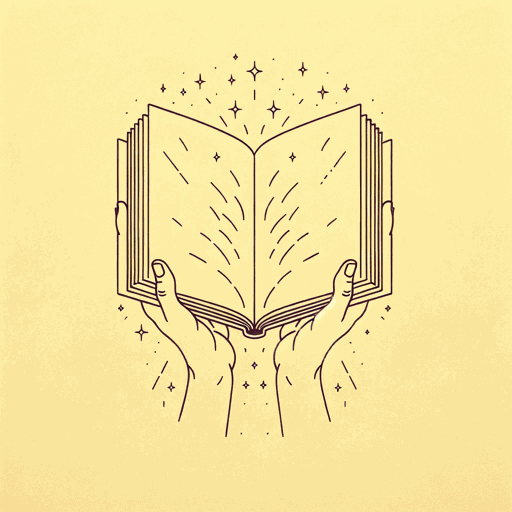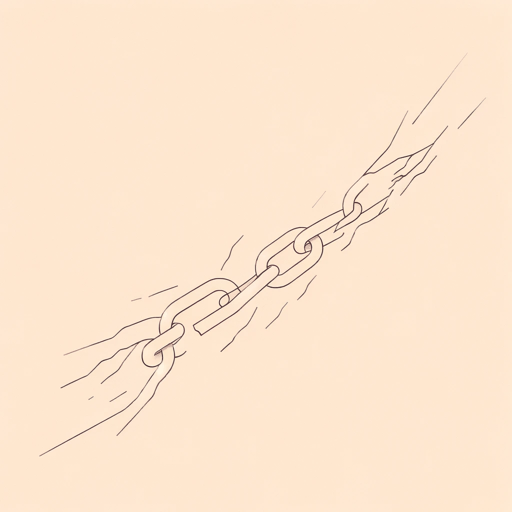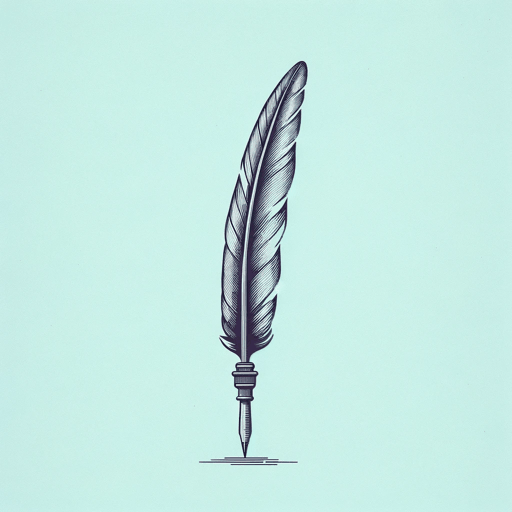68 pages • 2 hours read
Frederick DouglassMy Bondage and My Freedom
Nonfiction | Autobiography / Memoir | Adult | Published in 1855A modern alternative to SparkNotes and CliffsNotes, SuperSummary offers high-quality Study Guides with detailed chapter summaries and analysis of major themes, characters, and more.
Summary and Study Guide
Overview
Frederick Douglass’s memoir My Bondage and My Freedom (1855), published a decade after the Narrative of the Life of Frederick Douglass (1845), is his revision of his original narrative. According to historian and Douglass scholar, David W. Blight, it may be the greatest slave narrative ever written. Written during a period after Douglass had attained freedom, it is more revealing than his first memoir and more politically sophisticated. Douglass was older and better educated when he wrote this book. Conversely, he had composed his narrative in response to a skeptical public, as proof of his enslavement and that he was, indeed, literate.
Douglass divides the book into two periods—his life as a slave, and his life as a free man. He conveys this division in the title. His use of the possessive pronoun “my” expresses his ownership of both experiences, even the enslavement imposed upon him.
Douglass assumes that he was born in 1817 to an enslaved woman named Harriet. He saw his mother sporadically while growing up. He spent the first seven or eight years of his life on the plantation of Colonel Edward Lloyd. He lived, at first, with his grandparents in their cabin, which was a short distance from the plantation. He then became the slave of Colonel Lloyd’s chief butler, Captain Aaron Anthony and, like the other enslaved children, they placed him in the care of Aunt Katy—a mean kitchen slave. During his youth, Douglass made his first observations of slavery’s innumerable cruelties, including seeing one of his aunts, Esther, whipped by Captain Anthony.
Douglass later went to Baltimore to work for Thomas’s brother Hugh Auld, who lived with his wife Sophia and their son Little Tommy. While there, Sophia began teaching Douglass to read, though her husband quickly discouraged this activity after he learned about it. By then, it was too late. Douglass had learned enough to want to learn more and continued to look for opportunities to read.
Though Douglass had been working for Hugh and Sophia, he remained the slave of Thomas Auld and Auld’s new wife, Rowena. While Thomas and Hugh quarreled over who should take a disfigured slave named Henny, Thomas revoked Douglass’s services in spite and installed the young man on his own plantation in St. Michael’s. While there, Douglass began teaching a group of enslaved men how to read until, one day, three slave masters appeared and broke up the meeting while accusing Douglass of being another Nat Turner. Consequently, Thomas sent Douglass to the slave breaker Edward Covey for a year. While there, Douglass battled against the cruel poor farmer, for whom Douglass had to work. After enduring Covey’s mistreatment for six months, Douglass decided that he would escape.
After a year with Covey, Thomas Auld sent Douglass to work for another poor farmer, William Freeman. Douglass credits Freeman with being the best slave master that he had ever had, but he did not want this relatively decent treatment to distract him from his right to freedom. To this end, he plotted with four other slaves, including his friend Sandy, to escape to the North. On the day of their escape, constables arrived at Freeman’s home and arrested Douglass and several of the other slaves. Douglass figured that Sandy, in fear of his fate, revealed the plot. The authorities sent Douglass back to Thomas Auld, who then returned Douglass to Hugh in Baltimore.
While in the city, Douglass became an apprentice, learning calking. After a row with the white laborers, who objected to Douglass’s presence, Douglass decided that he would escape Baltimore. On September 3, 1838, Douglass escaped from Baltimore and arrived in New York City—broke, homeless, and without work. Worse, he could neither look for work at the waterfront nor get a room at a boarding house without exposing himself. After taking a leap of faith in a stranger, Douglass met David Ruggles. While staying with Ruggles, Douglass sent for his wife Anna, who was still in Baltimore. In New York, the couple married. Ruggles then connected Douglass to Nathan Johnson, who helped Douglass get work in New Bedford, Massachusetts—a hub for shipbuilding.
While living and working in New Bedford, Douglass first attempted to join the Methodist church there. After becoming disenchanted with the church’s enforced segregation among its congregation, he left. One day, a subscriber approached him in the street with an offer to buy the Liberator. Here began Douglass’s dedication to the abolitionist newspaper, his admiration of its editor, William Lloyd Garrison, and his eventual attendance of anti-slavery meetings, where he quickly became a featured speaker. After four years as an orator, Douglass penned his autobiography. He then started his own abolitionist newspaper, The North Star, in Rochester, New York.
Douglass’s career as an orator and memoirist led him to spend 21 months in the British Isles, whose inhabitants warmly received him, despite some initial difficulties during his voyage across the Atlantic due to racism. When he returned to the US, he continued to face discrimination in the North, particularly in railcars, where Douglass was an activist for desegregation. Despite his fame, he never lost sight of his ambition to seek justice and freedom for all of his people, particularly for those who remained in bondage.
Related Titles
By Frederick Douglass




